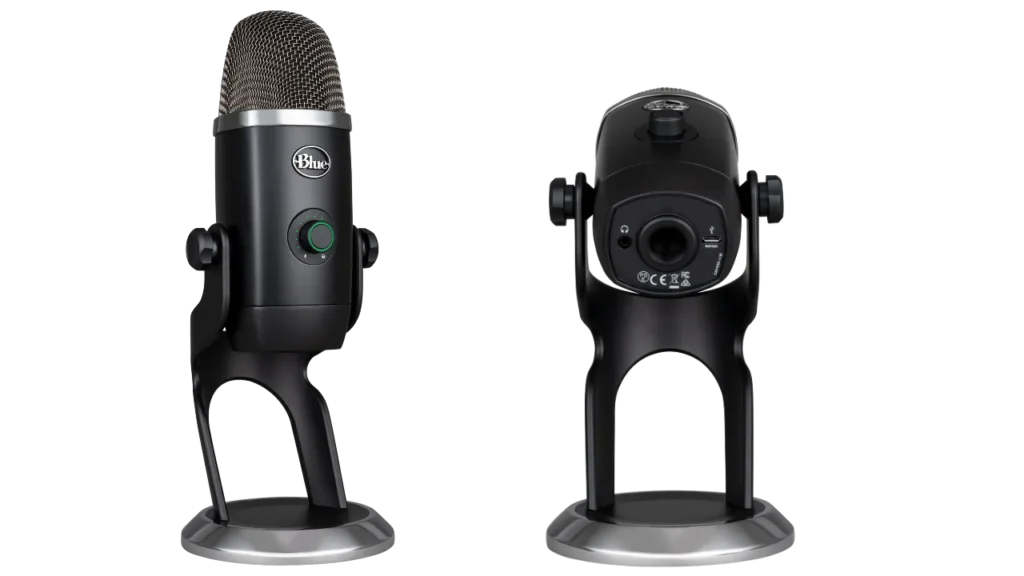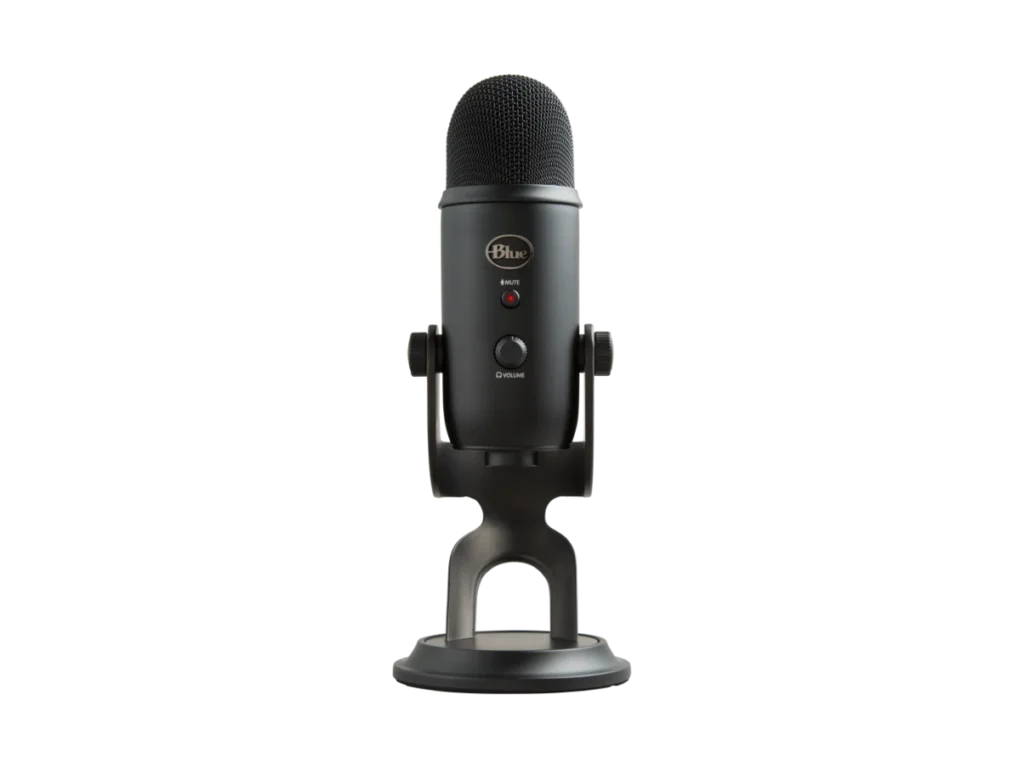The rising demand for high-quality audio recording equipment has made USB microphones increasingly popular among content creators, podcasters, and streamers. The Blue Yeti X, an upgrade to the iconic Blue Yeti, promises enhanced features and superior sound quality. After extensive testing across various recording scenarios, here’s my comprehensive review of this professional-grade USB microphone.
Build Quality and Design

The moment you unbox the Yeti X, its premium construction becomes apparent. The all-black metallic finish exudes sophistication, while the substantial weight (2.8 pounds) provides excellent stability on any desk setup. The built-in desk stand features a wider base than its predecessor, effectively minimizing unwanted vibrations during recording sessions.
The standout design element is the LED meter on the gain control knob, providing real-time visual feedback of your voice levels. This intuitive feature helps maintain optimal recording levels without constantly checking your software meters.
Sound Quality and Performance
The Yeti X’s four-capsule condenser array represents a significant upgrade from the original Yeti’s three-capsule system. The result? Noticeably clearer vocals with enhanced presence in the mid-range frequencies. Voice recordings sound natural and well-balanced, with minimal processing required in post-production.
Four Polar Patterns

- Cardioid Mode: Perfect for podcasting and voiceovers, capturing sound directly in front of the microphone
- Omnidirectional: Ideal for conference calls or capturing ambient room sound
- Bidirectional: Excellent for two-person interviews or duet recordings
- Stereo: Great for ASMR content or recording musical instruments
The 24-bit/48kHz sampling rate ensures professional-grade audio quality, capturing subtle vocal nuances that cheaper USB microphones might miss.
Software Integration
Blue VOICE software integration through G HUB offers impressive customization options:
- Real-time voice effects and modulation
- Preset management for different recording scenarios
- Advanced audio processing tools including noise reduction and EQ
- Custom profiles that you can save and switch between
Value Proposition
Priced at $169.99, the Yeti X positions itself in the premium USB microphone segment. While not the cheapest option available, the combination of superior build quality, versatile recording capabilities, and professional-grade sound quality justifies the investment for serious content creators.
Pros and Cons
What We Love
- Outstanding build quality and professional appearance
- Real-time LED metering for precise level monitoring
- Excellent sound quality with four-capsule array
- Versatile polar pattern selection
- Comprehensive software integration
Room for Improvement
- Relatively heavy for portable setups
- USB-A connection (USB-C would be more future-proof)
- Higher price point compared to basic USB microphones
- Software can be overwhelming for beginners
Final Verdict

The Blue Yeti X stands as a compelling choice for content creators who demand professional-quality audio without the complexity of an XLR setup. Its enhanced features, superior sound quality, and robust construction make it an excellent investment for podcasters, streamers, and voice-over artists.
While the price point might deter casual users, the Yeti X delivers exceptional value for those serious about their audio quality. The combination of hardware excellence and software flexibility creates a microphone that can grow with your content creation journey.
Rating: 4.5/5
Whether you’re starting a podcast, creating YouTube content, or streaming on Twitch, the Blue Yeti X provides the tools and quality needed to make your voice heard in the increasingly competitive digital content landscape.
Need quality audio for your content creation? The Blue Yeti X might be exactly what you’re looking for.
Disclosure: This review is based on extensive testing and real-world usage scenarios. All opinions expressed are independent and unbiased.

